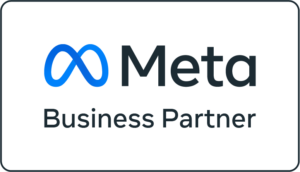Closing and Follow-up

Introduction
This article aims to equip participants with the skills and knowledge to effectively conclude consulting projects while setting the stage for future engagements and long-term client relationships.
Objectives
Upon completing this module, participants should be able to:
- Understand the significance of a well-executed project closure.
- Implement best practices for closing out a consulting project.
- Develop effective follow-up strategies to maintain client relationships.
- Measure the success of the project and identify areas for future collaboration.
The Importance of Closing and Follow-up
Closing a project effectively is not just about delivering the final report and saying goodbye. It’s about ensuring that the client is satisfied, the project’s objectives have been met, and there’s a plan for future engagement. Follow-up is equally important to keep the relationship alive and to identify new opportunities for collaboration.
Best Practices for Project Closure
- Final Presentation: Summarize the project’s achievements, challenges, and lessons learned.
- Documentation: Provide all necessary documents, including reports, data analyses, and any other deliverables.
- Financial Settlement: Ensure all invoices are sent and payments received.
- Client Feedback: Conduct a final feedback session to gauge client satisfaction and gather insights for future projects.
Effective Follow-up Strategies
- Immediate Follow-up: Send a thank-you note and a project summary within a week of project closure.
- Quarterly Check-ins: Schedule regular check-ins to discuss any updates or issues the client may have.
- Annual Reviews: Conduct an annual review to discuss the long-term impact of the project and explore new opportunities.
- News and Updates: Keep the client informed about relevant industry news or any updates from your agency that could benefit them.
Tools and Software for Closing and Follow-up
- CRM Systems: Use Customer Relationship Management software to track interactions and set reminders for follow-ups.
- Financial Software: Such as QuickBooks for invoicing and financial tracking.
- Feedback Tools: Such as Net Promoter Score (NPS) surveys to measure client satisfaction.
Measuring Project Success
- KPI Tracking: Use Key Performance Indicators to measure the project’s success against its objectives.
- Client Retention Rate: A high retention rate indicates client satisfaction and successful project closure.
- ROI Analysis: Calculate the Return on Investment to quantify the project’s success.
Application Across Roles
- Account Managers: Can use follow-up strategies to upsell or cross-sell services.
- Strategy Teams: Can use project closure data to refine future consulting approaches.
- Data Analysts: Can use KPIs and other metrics to measure project success and inform future projects.
Conclusion
Closing and Follow-up are not mere formalities but are critical stages in the consulting process. They offer opportunities for reflection, learning, and future engagement. This article has provided a comprehensive guide to mastering these stages, aligning with the consultative approach that is central to our agency’s client engagements.






